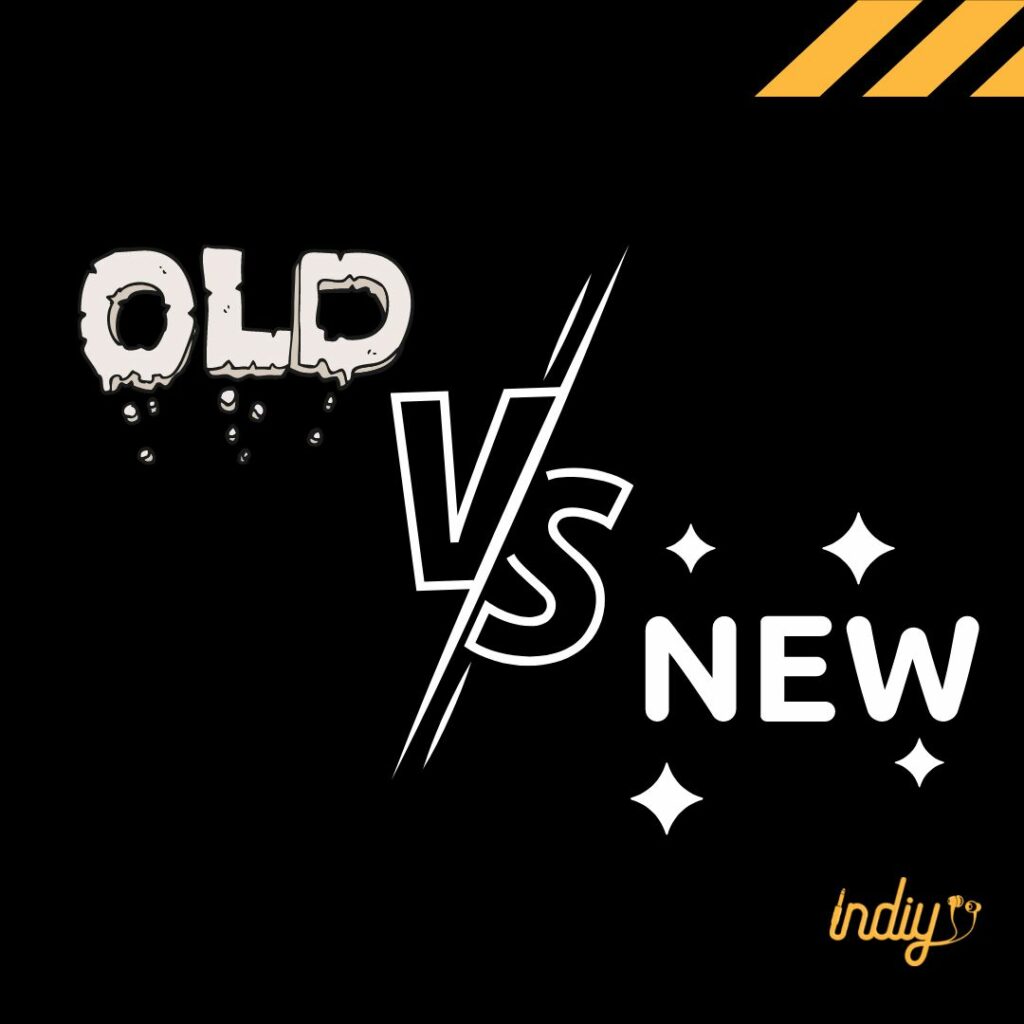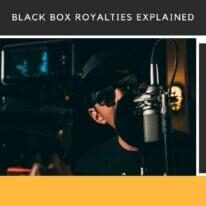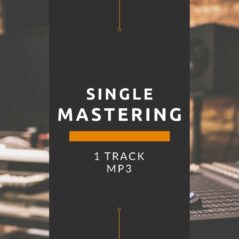IN WITH THE OLD, OUT WITH THE NEW: WILL BACK CATALOG MUSIC BECOME OUR NEW STANDARD?
Avi_Petliar
'Catalog' music streams greatly increased in the first half of 2022. In contrast, new music streams decreased; is this the beginning of a new trend?

What is a music Catalog?
A music catalog (or catalogue) is a collection of musical works owned by a copyright owner, typically a music publisher. However, musicians are increasingly keeping ownership and entering administration deals.
The term "catalog" can also refer to the list of all works published by a particular music publisher. Music publishers typically acquire the copyrights to songs through agreements with songwriters, composers, or performers. Once a work is in a publisher's catalog, the publisher may exploit the work by licensing it for use. This is usually in recordings, films, television programs, live performances, and other uses. A publishing catalog can be an important asset, providing revenue over many years.
The value of back catalog
In the music industry, a back catalog is a musician's collection of previously released material. This can include album tracks, singles, B-sides, remixes, and live recordings. A back catalog can be an important source of revenue for a musician. For example, older songs may be re-released as a greatest hits album or used in commercials or movies. Some musicians choose to release their back catalogs digitally, making them available for streaming or download. Others may release limited edition vinyl pressings of rare or out-of-print albums. Whatever the form, a back catalog can be an invaluable asset to a musician's career.
Kate Bush's back catalog success
Progressive pop pioneer Kate Bush has been 'Running Up That Hill'. Since the release of her Hounds of Love single in 1985. Little did she know it would take 36 years to reach its peak.
The classic hit has recently resurfaced due to its inclusion in the fourth season of Netflix’s wildly popular Stranger Things. The song quickly soared past its original peak of #30 on the Billboard Hot 100. Entering the Top 3 in June 2022. Simultaneously, In Bush’s native UK, it beat its already-impressive #3, going on to top the chart for 3 consecutive weeks.
Bush is one of the latest in a line of veteran musicians whose catalog has seen a major resurgence. Due to pop culture forces like TikTok and increased inclusion of 'old' music in film and television geared towards youth. By its current definition (as reported by MusicBusinessWorldwide.com), ‘catalog’ music is at least 18 months old. Although researchers are actively seeking to push this time frame back.

Is Catalog music taking over?
The notion that ‘catalog’ music is taking over is driven by the likes of Bush, Fleetwood Mac, and Boney M. All of whom have enjoyed massive success from songs released decades prior. They have only now been rediscovered by younger generations through music-focused social media platforms. Other factors that data analysts have cited include;
- Increased usage of streaming services in middle-aged demographics
- Covid - the music industry was hindered by the pandemic and producing few blockbuster releases.
This trend was first observed in 2020, when Fleetwood Mac’s classic 1977 hit “Dreams” re-entered the Top 15 on the Hot 100. The song was used in a viral TikTok video. Leading to a dramatic spike in its sales and streams and countless recreations. The same year, record industry juggernauts BMG saw a 49% increase in its catalog streams. Whilst 57% of Universal Music Group’s global digital revenue for 2019 was made up of catalog music. (Rolling Stone, from which this data is sourced, defines ‘catalog’ as being at least three years old).
In the Luminate Midyear 2022 report, they reported a 19% year-over-year increase in streaming of catalog music in the first half of the year. While figures for on-demand new music streams fell by 2.6% YoY. These figures are leading many industry professionals to believe that new music is indeed waning in popularity. And that catalog music could definitively overtake fresh releases as the consumer’s soundtrack of choice.
Is new music losing its appeal?
But is this true, or has the difference between ‘new’ and ‘catalog’ become unclear?
Music analytics publication Chartmetric argues the latter. They note that while the pace of the music industry has slowed somewhat. Recent releases such as Dua Lipa’s Future Nostalgia and Bad Bunny’s YHLQMDLG have produced a great many viral hits. The majority of tracks used on TikTok were released within the five years according to Chartmetric’s. And that the one-off ‘reborn hits’ such as “Running Up That Hill” and “Dreams” were few and far between.
However, despite both Future Nostalgia and YHLQMDLG being released in 2020, a mere two years ago, the industry standard is to classify these works as catalog due to them being over 18 months old. Thus, Chartmetric argues that the trend does not indicate a significant shift towards catalog music among consumers; instead, it shows that we should allot more time for new releases to remain ‘new’ before classifying them as ‘catalog’.
Catalog Music - Wrap Up
It’s difficult to predict whether new releases will prevail, or if catalog music will indeed emerge as the dominant force in the industry. With hundreds of millions of tracks from all eras of music available to consumers at their fingertips, there exists the potential for any number of pre-existing hits to make a comeback through TikTok, the next big hit on Netflix, or perhaps even in ways we have not yet seen. What’s certain is this: streaming services continue to bridge the divide between ‘new’ and ‘catalog’, and it’s important that our understanding of these terms evolves as necessary.
DO YOU MAKE MUSIC? THE INDIY MISSION
Indiy exists to help people create great music!
Did you know 40 thousand songs are uploaded to Spotify every day!
We want to hear about what you do, what makes you special and share it with the world!
Submit to be interviewed for Indiy Spotlight, its 100% FREE Just click here for your music interview
If you are working on new material, we have partnered with Audio Mastering to offer mastering on your next release from just £2 per song (approx $2.75 USD) - Check the offer out here
Search all articles
Avi_Petliar
Avi Petliar is a young, ambitious creative with a passion for the arts, heading into their second year of the Music Business Management program at Durham College in Oshawa, Ontario. Their passion for music originates from their years of experience as a multi-disciplined stage performer. They are eager to make connections with music professionals and find a place within the industry as they continue their studies, specifically in the marketing sector.
Follow Indiy












